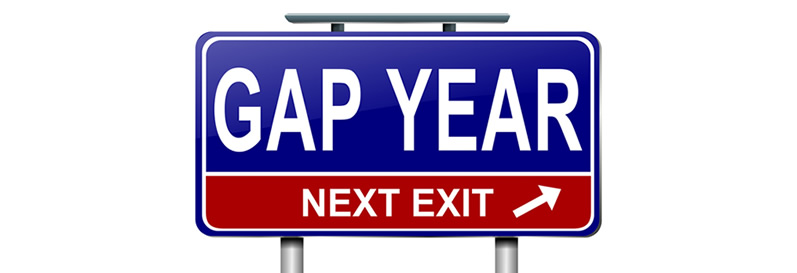Congratulations! You’re the proud parent of a high school graduate. Your student worked hard to get here, and managing the challenges of a learning difference was often a struggle for them and for you. It’s time to take a deep breath, bask in the achievement—and think about what’s next.
Why Take a Break?
Many students with learning disabilities, particularly those with ADHD and executive function issues, may not be ready to launch full throttle into postsecondary education at this stage of their development. They may be feeling burned out, apathetic, in need of a change of pace, or unsure of which path of study they want to pursue. They may also lack the skills and maturity to live independently and manage their own schedules, living arrangements, travel, and finances. Taking some time off before starting college or university can often help them explore their interests, practice “adulting,” and ultimately make their education more meaningful and successful.
Plenty of Possibilities
For most students, taking that “gap year” is a logical and positive interlude that enhances their postsecondary experience and prepares them to leave the nest more gradually. Pursuing a gap year can also help reduce a student’s anxiety levels, helping them put the world into perspective and improving their self-confidence, mental health, and well-being. And it can give them important work experience, skills development, self-knowledge, increased cultural understanding, the opportunity to make friends, practice in learning a new language, and clarity of direction. Gap years aren’t about hanging out on the couch playing video games or watching Netflix; they’re designed to foster maturity and growth, and can include elements such as living abroad, employment, performance, training, or exploring study options.
Making It Count
How can you help your child design a productive gap year? According to a recent article in ADDitude magazine, “a good gap year is structured, goal-oriented, and adventurous” and should combine travel (foreign, domestic, or local—within three hours of home), work or internships, volunteer opportunities, and specialty classes to help your student move beyond their comfort zone (Willson). Planning should begin in the midterm of the teen’s junior year to allow for adequate research time. Books and websites, such as gapyearassociation.org, goabroad.com, and gapyearcanada.com, offer plenty of suggestions and opportunities for making the most of the break.
Return on Investment
Many parents worry that if their student steps out of the academic environment, they will lose interest in pursuing higher education or drop their hard-earned study habits, but research shows that 90 percent of gap-year students return to college within a year. According to a study of GPA results by the former dean of admissions at Middlebury College in Vermont, delaying the start of your formal studies by six months to a year can also be good for your grades. Students who have taken a gap year overperform by 0.1 to 0.4 on a 4.0 GPA scale, an effect that is evident through all four years of school (Shellenbarger).
Managed thoughtfully, a successful gap year can give your student the time and space to plan for—and succeed in—their next endeavour, whether that includes community college, vocational training, or the pursuit of a university degree.
We Can Help
At Evoke Learning, we understand the challenges that often surface when designing and managing an academic career and the transition into a postsecondary environment. Our academic coaching and mentoring services can help students prepare thoughtfully and strategically for the next steps in their education.
Sources:
Crenshaw, Wes. “The Case for (Working, Maturing) Gap Years.” ADDitude, 2 Apr. 2018, www.additudemag.com/the-case-for-working-maturing-gap-years/.
Gapyearassociation.org, www.gapyearassociation.org/data-benefits.php.
Shellenbarger, Sue. “Delaying College to Fill in the Gaps.” The Wall Street Journal, Dow Jones & Company, 29 Dec. 2010, www.wsj.com/articles/SB10001424052970203513204576047723922275698.
Willson, John. “The Glorious Comeback of the Gap Year.” ADDitude, 7 May 2019, www.additudemag.com/slideshows/the-glorious-comeback-of-the-gap-year-thank-you-malia-obama ')}



